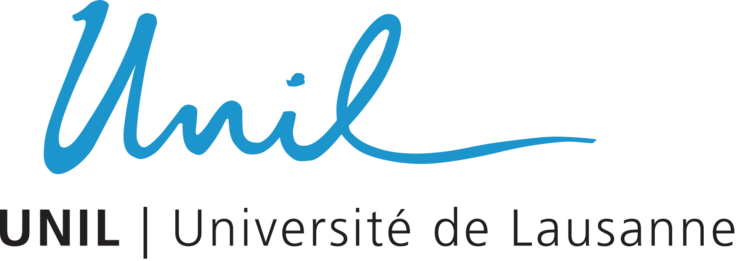Swiss Ai Research Overview Platform


Our project aims to realize a large-scale program of interdisciplinary research to discern broad trends and discover novel patterns in children’s representations of supernatural agents. An important limitation of existing studies is that most of them have been conducted within Western Christian cultures; we have almost no studies of children’s drawings of supernatural agents in religious traditions other than Christianity. Moreover all these studies were based on data collected in one country or one language environment, sometimes comparing two or more Christian denominations. The database “Drawings of gods” offers for the first time the opportunity to conduct multicultural and multireligious analyses with data from a larger diversity of countries. Currently five countries are represented in the database (Japan, Romania, Russia (St-Petersburg and Buryatia), Switzerland, USA) and new ones will be added (Brazil, The Netherlands, and, following recent contacts, Ireland, Iran, Israel, China).There is a need for various forms of collaboration amongst and across disciplines to start elaborating new theoretical frameworks that can ‘give voice’ to children, in particular in elaborating conceptualisations that take into account how children perceive and live their representations of the world, in particular of concepts difficult to represent. These elaborations need to engage in an interdisciplinary dialogue across the academic fields concerned by child development. The present study aims therefore to integrate different domains of psychology (psychology of religion, developmental and cultural psychology, social psychology) and religious studies, cognitive science and cultural anthropology (pressure of dominant representations and impact of language), theology, history of religious art and computer sciences to gain more insight into the complexity and diversity of supernatural agents representations. The project will contribute to the lack of research in culture and interfaith variation of children’s representations of supernatural agents. Intercultural comparisons, in interaction with psychological development, will provide new information on how children acquire religious concepts both in religious and non-religious environments. The role of images and visual communication in transmission of religious traditions as well as the origins and development of religious symbolic thinking will be clarified too. Although collecting drawings is classic in psychological studies in children, this technique has so far been under-exploited in study of religious ideas and representations. The present project intends also to outline the usefulness of drawings as a part of a mixed methods approach and as a methodological tool to understand how people acquire, conceptualize and develop the idea of god and other supernatural agents. The use of such approach in a multicultural setting has the potential to generate new insights, new theories, new understanding of the complex issue of human religiosity.
Last updated:06.03.2022